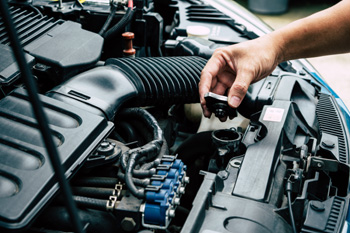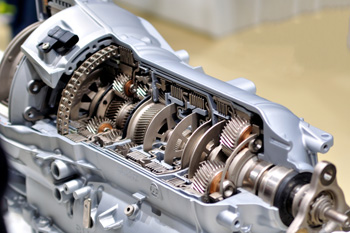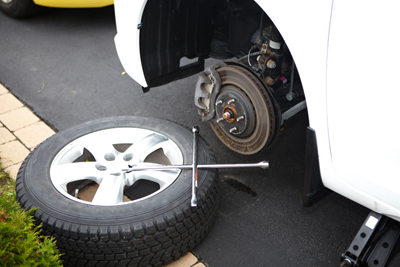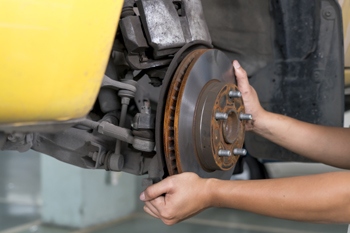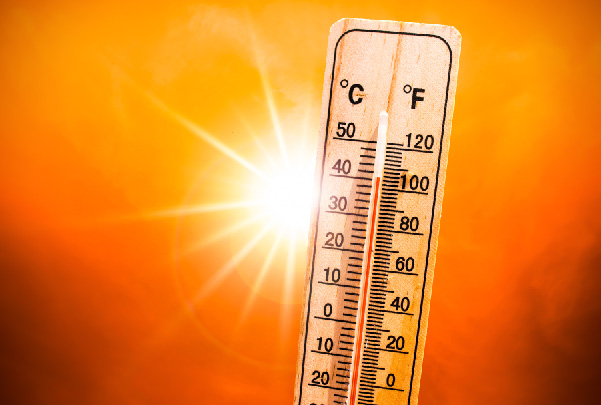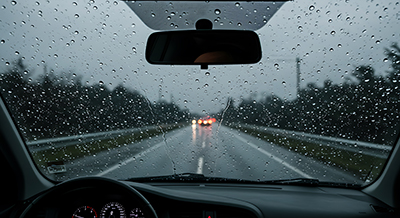A long road trip can be exciting, but nothing ruins the fun faster than car trouble on the highway. Proper preparation can save you stress, money, and time, ensuring a smooth journey from start to finish. Here’s how to get your car ready for the open road.

1. Check the Basics: Fluids and Filters
Before you hit the road, check all essential fluids:
-
Engine oil – Make sure it’s at the proper level and consider changing it if it’s close to your regular interval.
-
Coolant/antifreeze – Helps prevent overheating, especially in summer.
-
Brake fluid – Low or dirty fluid can affect stopping power.
-
Transmission fluid – Critical for smooth shifting, especially on long drives.
-
Windshield washer fluid – You’ll want a clear view during any weather.
Also, inspect your air filter. A clean filter improves engine performance and fuel efficiency, which is especially important on long trips.
2. Inspect Tires and Brakes
Your tires are the only contact with the road, so check them carefully:
-
Tread depth – Worn tires can be dangerous in rain or on highways.
-
Air pressure – Underinflated tires reduce fuel efficiency and can overheat.
-
Spare tire – Make sure it’s in good condition and properly inflated.
Check your brakes for wear or unusual noises. If you notice squeaking or grinding, have them inspected before departure.
3. Test Your Battery and Lights
A dead battery can leave you stranded, so check the battery’s charge and clean any corrosion on the terminals.
Also, inspect all lights—headlights, brake lights, turn signals, and hazard lights. Visibility is critical for safety, especially during nighttime or inclement weather.
4. Emergency Kit Essentials
Even with a well-maintained car, emergencies happen. Include these items:
-
Jumper cables
-
First-aid kit
-
Flashlight and extra batteries
-
Basic tools (screwdrivers, pliers, wrench)
-
Water and non-perishable snacks
-
Blanket and reflective warning triangles
5. Plan Your Route and Stops
Preparation isn’t just about the car. Map your route, check traffic, and locate gas stations and rest areas along the way. Plan breaks to stretch and avoid fatigue, which is a major factor in accidents.
6. Consider a Professional Inspection
If your car hasn’t had a recent service, it’s wise to visit a mechanic for a pre-trip inspection. A professional can catch issues you might miss, such as suspension wear, belt condition, or hidden leaks.
Conclusion:
Taking the time to prepare your car for a long road trip can prevent breakdowns, improve safety, and make your journey more enjoyable. Check fluids, tires, brakes, battery, and lights, pack an emergency kit, and consider a professional inspection. With these steps, you can focus on the adventure ahead, knowing your car is ready for the miles ahead.
Lim’s Auto Body is a full service auto body and mechanical repair shop locally owned and operated in Largo, Florida. For more information, go to our web site www.limsautobody.com or call (727) 422-3232.

